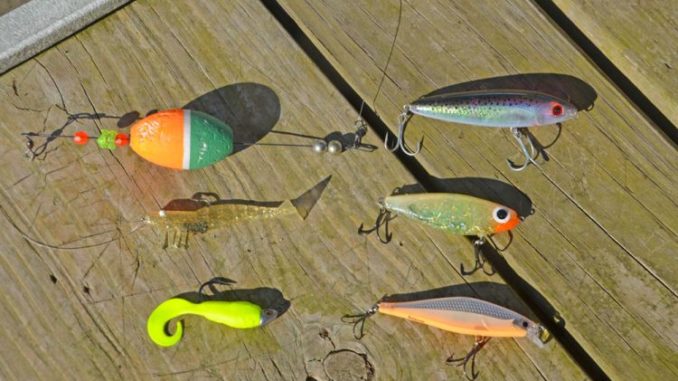
Whether the term “Magic Zone” is Steve Lessard’s invention or not is irrelevant.
It works.
He called the Magic Zone the area extending from the boat launch out to where the average motorboat angler shuts down his big motor to begin fishing.
“That’s three or so miles,” he said.
Running away from the launch makes sense to the average angler. No one spends tens of thousands of dollars on a bay boat with a big outboard motor to launch the boat and fish near the launch. After all, aren’t the biggest ones farthest away from “civilization?”
Well — maybe not.
“In the Magic Zone, you have the water to yourself, with really large fish that seldom see a lure. They are untouched,” he smirked.
It can take five years to produce a nice redfish, and they can’t grow if they are caught, he explained. The Magic Zone concept works for speckled trout, too.
“Boat launches are located near deeper waterways that trout use when they move into interior marshes. They feed in the shallows near these highways, but boats seldom ever stop near the ramp. They keep going on out.
“Although trout move a lot more than redfish, they use the same areas year after year. By focusing on the Magic Zone, you learn the best spots.
“Flounder are found in ‘hot spots.’ When they are there, they are there. It’s nice that no boat fishermen are throwing baits at these small spots.
“There are other magic zones, areas that if you are fishing in a boat you look at and want to get into, but can’t because of obstacles or shallow water.
“The Magic Zone fits perfectly into the niche of kayak fishermen. Anglers new to kayak fishing buy kayaks for a variety of reasons, but they learn quickly that this zone is plenty productive.”
Lessard’s lures in photo:
The lures on the left, the gold glitter D.O.A. shrimp under a popping cork and the chartreuse Gulp 4-inch Swimming Mullet on a 1/8-ounce jighead, were for all three species. The holographic silver Rapala Skitter Walk, upper right, is for trout and redfish. The bone/silver Paul Brown Soft Dine, middle right, is for trout and flounder and the bone Rapala Shadow Rap, lower right, is for redfish.